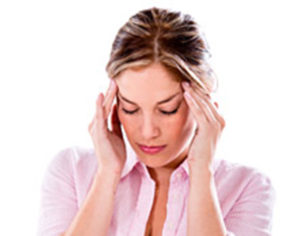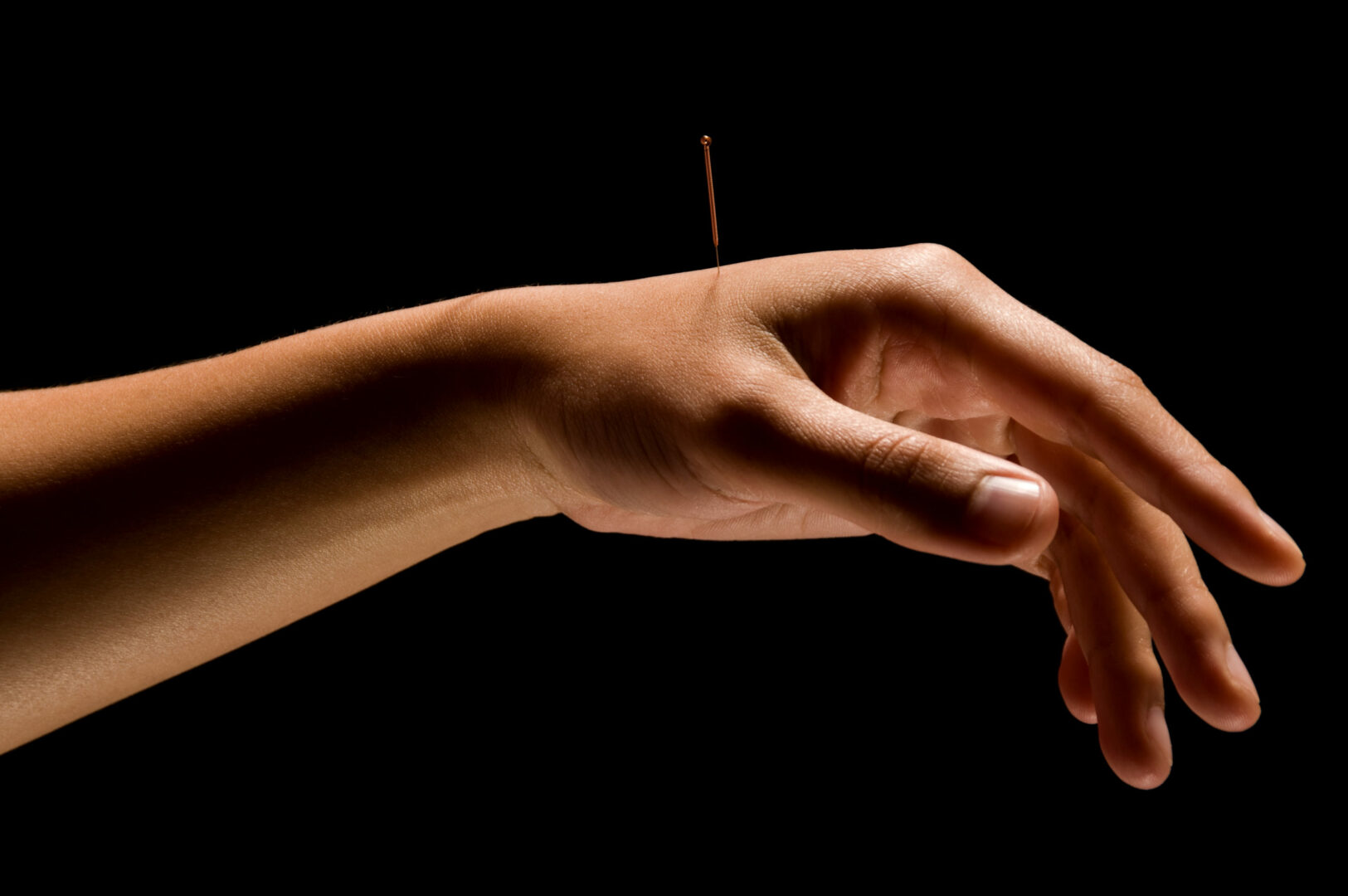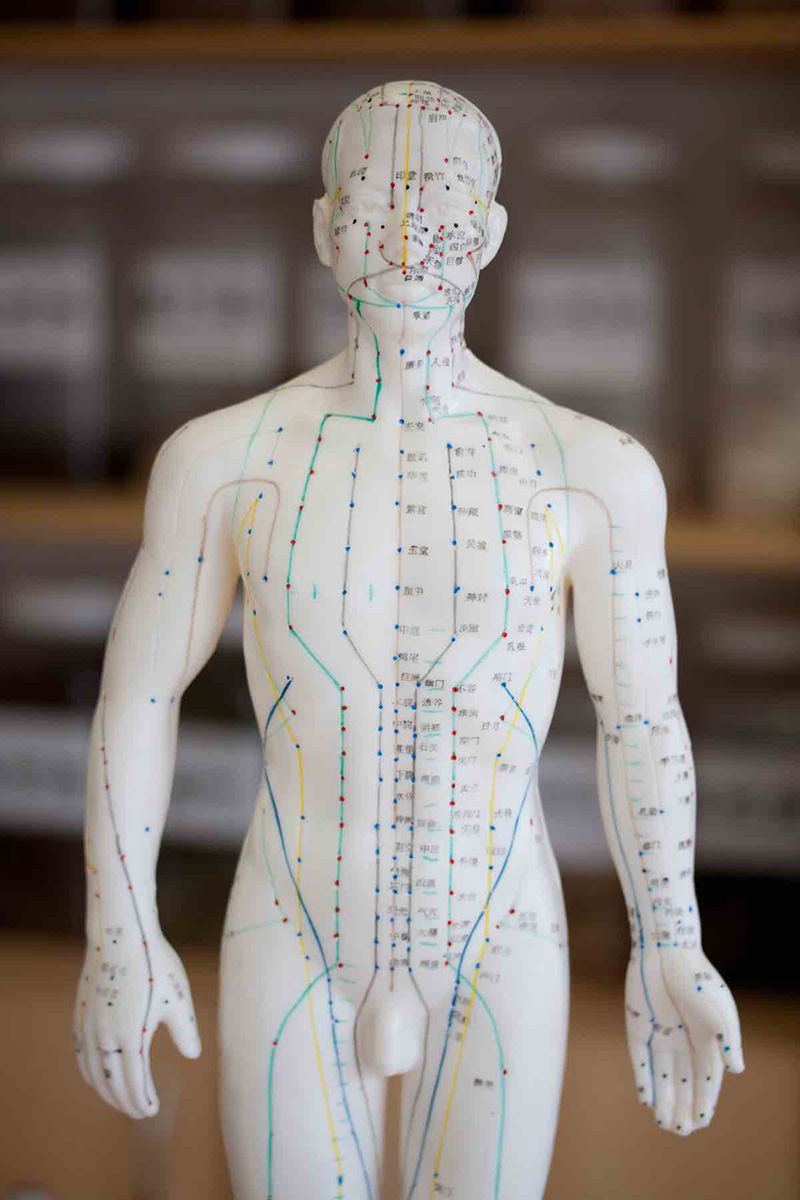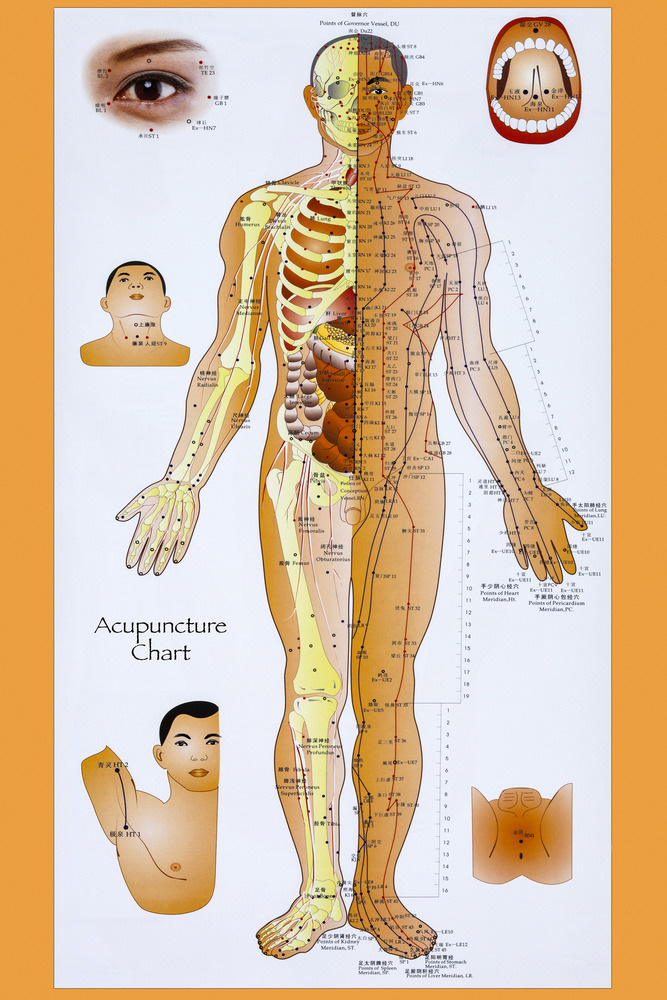 A new study shows acupuncture relieves tension headaches.
A new study shows acupuncture relieves tension headaches.
Acupuncture has long been known to be an effective treatment for tension headaches. Not only do I see how acupuncture relieves tension headaches in the acupuncture clinic, but also, study after study has shown that acupuncture helps to reduce tension headaches.
A recently published research study supports that acupuncture is effective for tension headaches.
This research study was pretty large for an acupuncture study with 218 participants. All of the patients received 20 acupuncture visits over 8 weeks. The active acupuncture group received acupuncture with stimulation of “de qi” (more on that later) while the other group the acupuncture needles were just placed in the areas.
The acupuncture study showed that both the acupuncture with and without stimulation had a decrease in headache days.
The individuals receiving the real acupuncture with “de qi” stimulation had a much greater reduction in the number of days of headaches from an average of 22 down to an average of 7 days while the non-stimulation acupuncture also had a reduction from 22-11 days.
The intensity of the pain was reduced and their dependence on pain medications as well.
While both groups worked, the stimulation of the real acupuncture proved to be significantly better at reducing headaches and had a longer and stronger effect.
What is De Qi?

De qi translates to “getting the qi”. Qi is the body’s energy. It circulates in the acupuncture channels and is accessible at the acupuncture points.
Getting the qi is the technique to stimulate an acupuncture point to evoke a feeling.
The patient will often have a feeling of movement, tingling, heaviness, numbness, or buzzy feeling.
These are all good signs that the Qi is stimulated. This is part of the healing process of acupuncture.
When I first insert the acupuncture needle, the acupuncture point when stimulated when the muscle grabs the needle. It is said it is like a fish being caught with a fishing line.
Traditionally, it is thought that getting the qi invigorates the energy and stimulates movement.
Modern science has shown that the needle grab is a sign that the body has begun a healing process. The acupuncture will create a signal to start self-healing in the areas as well as tell the central nervous system to release pain-relieving chemicals.



